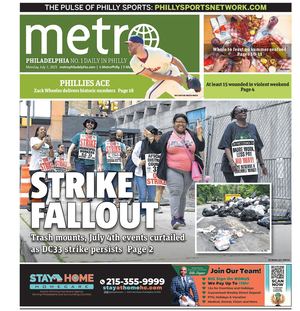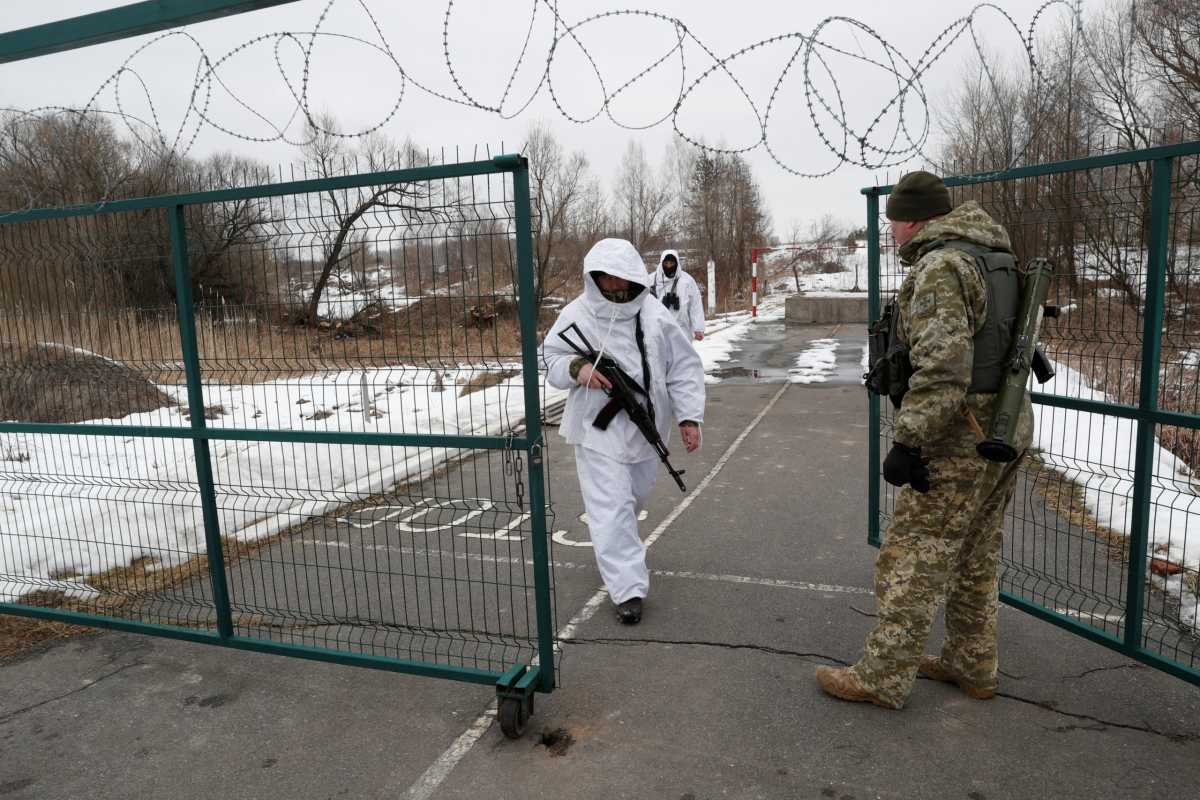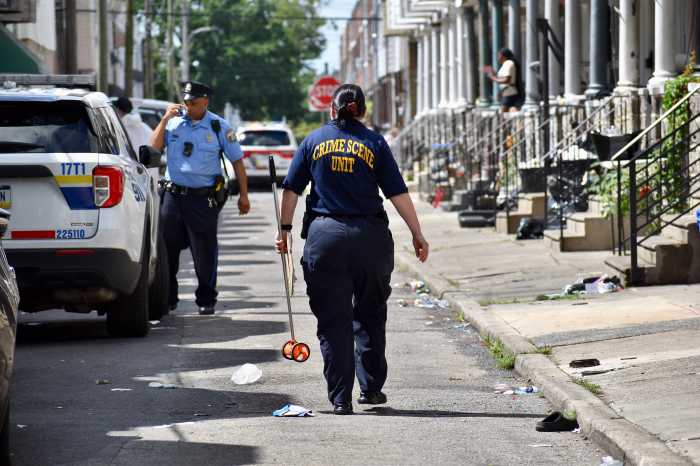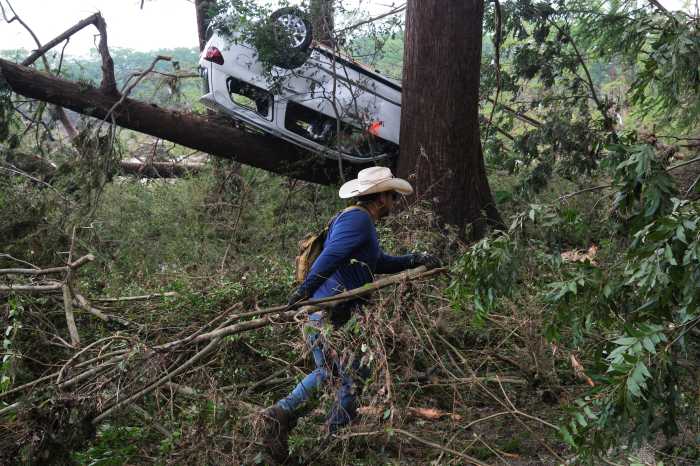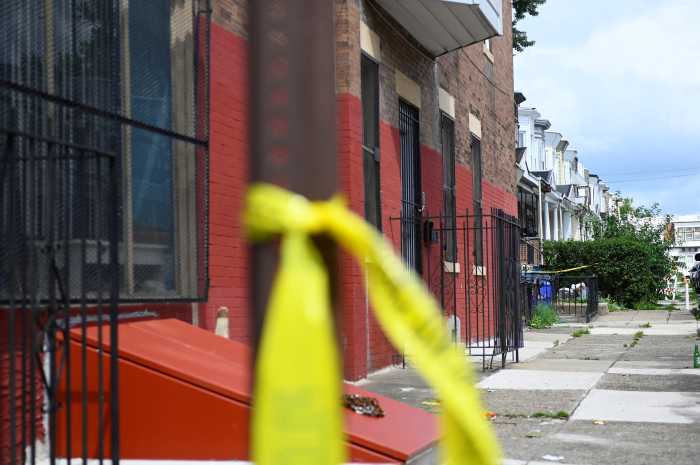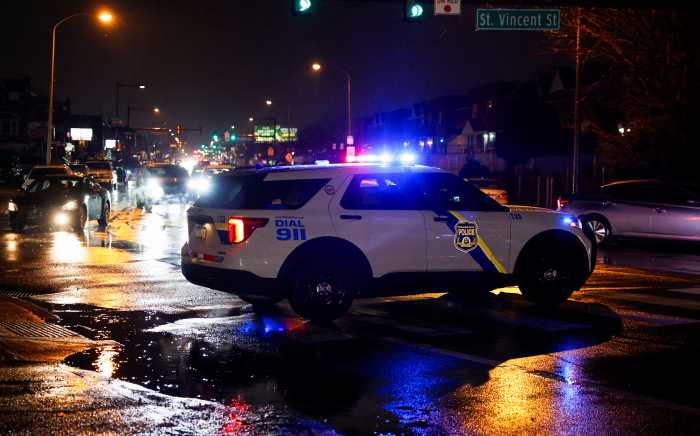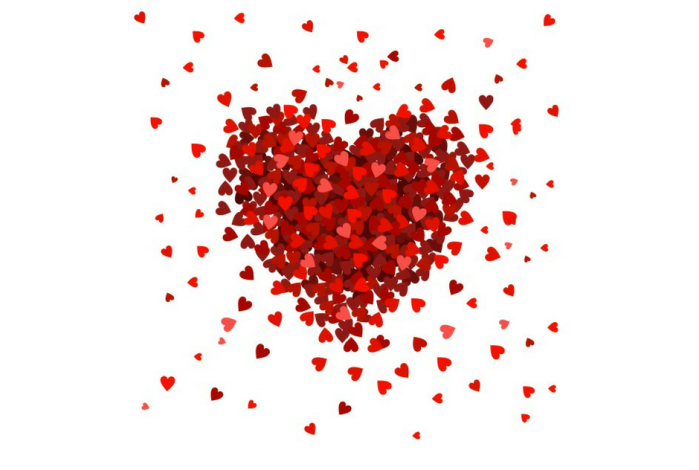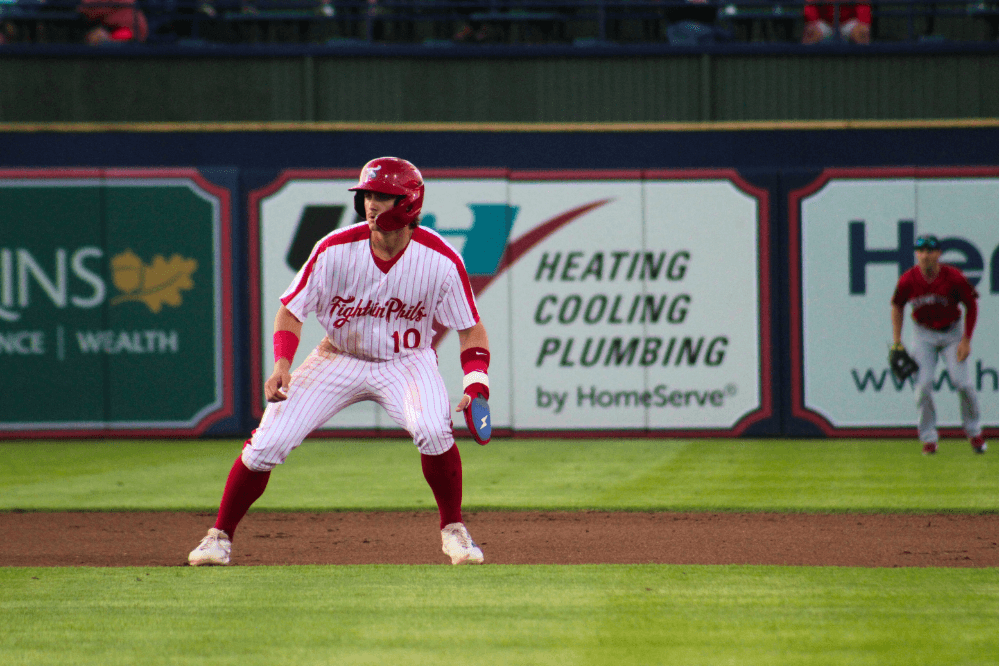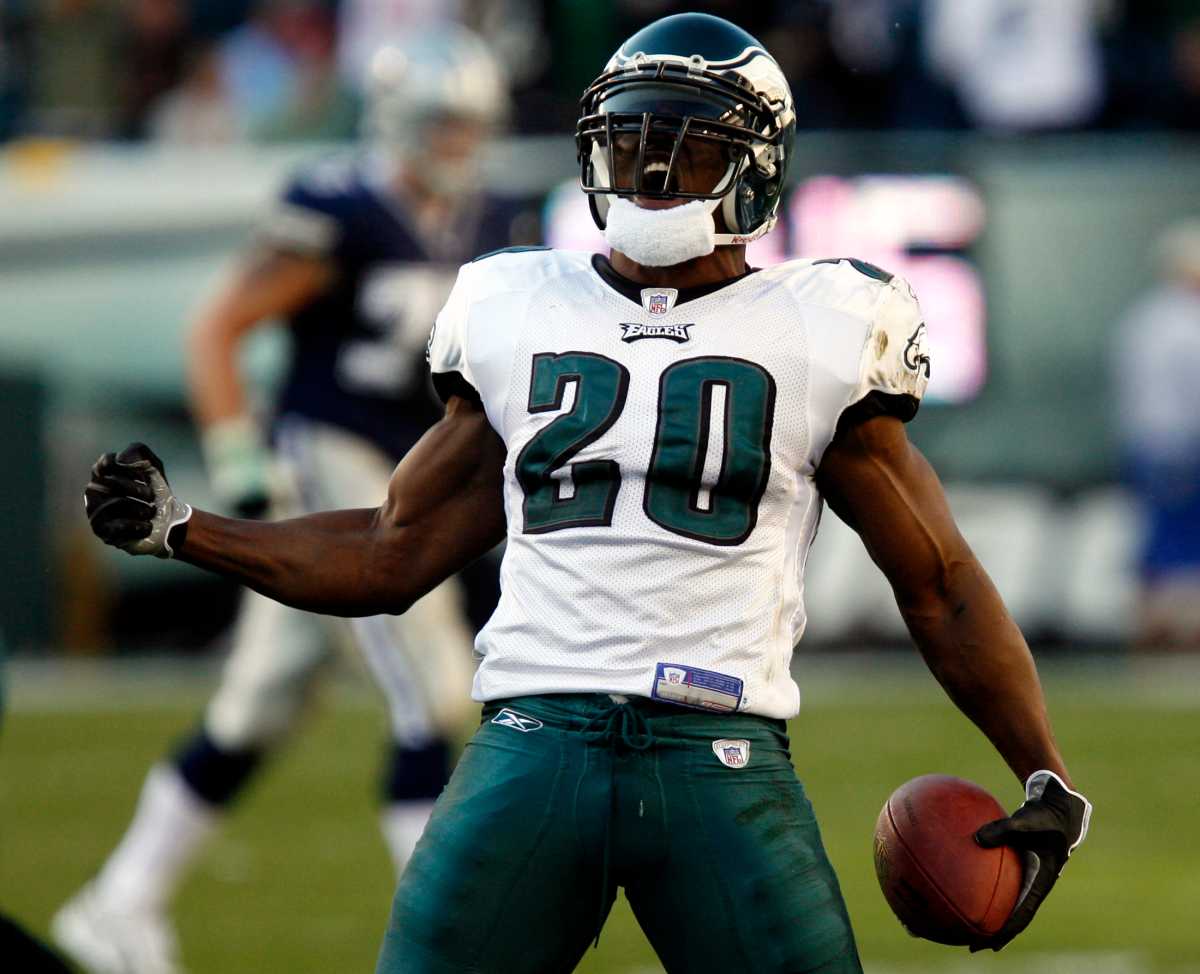By Alexander Marrow and Aleksandar Vasovic
The United States and NATO said Russia was still building up troops around Ukraine on Wednesday despite Moscow’s insistence it was pulling back, questioning President Vladimir Putin’s stated desire to negotiate a solution to the crisis.
In Ukraine, where people raised flags and played the national anthem to show unity against fears of an invasion, the government said a cyberattack that hit the defense ministry was the worst of its kind the country had seen. It pointed a finger at Russia, which denied involvement.
White House press secretary Jen Psaki said U.S. officials were as yet unable to say who was responsible for the cyberattack. She also said the door remained open for diplomacy with Russia but reiterated concerns that a Russian attack could be preceded by a ‘false flag’ operation and misinformation.
Russia’s defense ministry said its forces – part of a huge buildup that has been accompanied by demands to the West for sweeping security guarantees – were pulling back after exercises in southern and western military districts near Ukraine.
It published video that it said showed tanks, infantry fighting vehicles, and self-propelled artillery units leaving the Crimean peninsula, which Moscow seized from Ukraine in 2014.
But U.S. Secretary of State Antony Blinken said key Russian units were moving towards the border, not away.
“There’s what Russia says. And then there’s what Russia does. And we haven’t seen any pullback of its forces,” Blinken said in an interview on MSNBC. “We continue to see critical units moving toward the border, not away from the border.”
A senior Western intelligence official said the risk of Russian aggression against Ukraine would remain high for the rest of February and Russia could still attack Ukraine “with essentially no, or little-to-no, warning”.
NATO Secretary-General Jens Stoltenberg said moving troops and tanks back and forth did not amount to proof of a pullout.
“What we see is that they have increased the number of troops and more troops are on their way. So, so far, no de-escalation,” he said before an alliance meeting in Brussels.
Stoltenberg later said NATO could prove Russia’s failure to pull back its troops with satellite imagery.
Ukraine’s Defense Minister Oleksii Reznikov told Reuters in an interview his country’s latest intelligence report similarly showed no sign of a Russian pullback. He said the combined strength of Russian military and pro-Russian separatist forces near Ukraine’s borders stood at about 140,000.
The Kremlin said NATO’s assessment was wrong. Moscow’s ambassador to Ireland said forces in western Russia would be back to their normal positions within three to four weeks.
Russia says it never planned to attack Ukraine but wants to lay down “red lines” to prevent its neighbor from joining NATO, which it sees as a threat to its own security.
The Kremlin said Putin was keen to negotiate with the United States, which has offered discussions on arms control and confidence-building measures while ruling out a veto on future NATO membership for Ukraine.
But Russia also said it would be ready to reroute energy exports to other markets if it were hit by sanctions, which Washington and its allies have threatened if it invades Ukraine.
Finance Minister Anton Siluanov said sanctions against Russian banks would be “unpleasant” but the state would ensure all bank deposits and transactions were secured.
Moscow has accused Washington of hysterical war propaganda after repeated warnings of a possible attack and reports in some Western media that it would happen on Wednesday.
World stocks edged lower while oil and gold rose as investors responded warily to the continued tensions.
Ukrainian President Volodymyr Zelenskiy has designated Wednesday a patriotic holiday in response to the reports Russia could invade on that day. “No one can love our home as we can. And only we, together, can protect our home,” he said.
Zelenskiy, who is criss-crossing the country to help bolster Ukrainians’ morale, observed drills by his armed forces that included Javelin anti-tank missiles in western Ukraine.
Ukraine also increased the number of border guards on its frontier with Belarus, Russia’s ally, where some 9,000 Russian troops are estimated to be involved in military exercises.
Ukraine’s defense ministry said hackers were still bombarding its website and had found vulnerabilities but that traffic was being rerouted to servers in the United States while the issue was being fixed.
Stoltenberg said NATO military commanders would draw up plans for new combat units that diplomats said could be deployed in Bulgaria, Romania, Hungary and Slovakia. Such units – designed to buy time for additional troops to reach the front line if needed – already exist in Poland and the Baltic states.
Britain will double the size of its force in Estonia and send tanks and armored fighting vehicles to the small Baltic republic bordering Russia as part of the NATO deployment, defense minister Ben Wallace said.
Reuters
